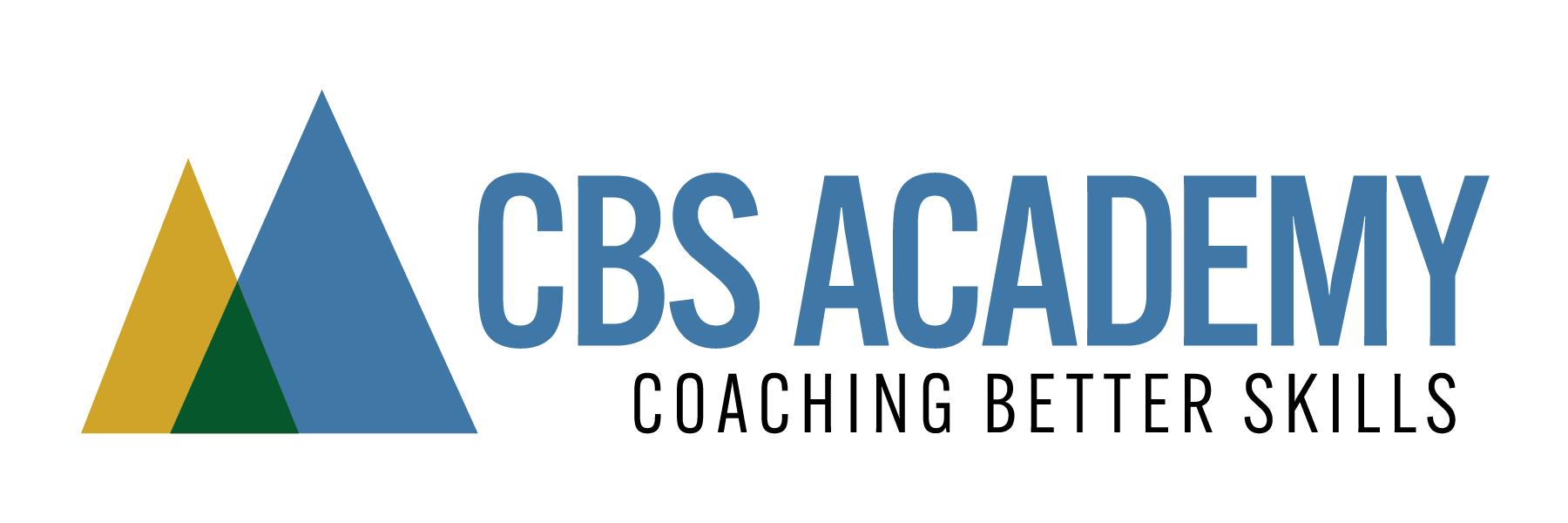Here’s how to approach these situations with confidence:
Acknowledge the Customer's Statement
Incorporate WIIFMs
(What’s In It For Me)
Highlight benefits that resonate with the customer’s goals:
- Future Objection: “By addressing this balance today, you can avoid late fees and gain peace of mind.”
- Past Objection: “Verifying your payment ensures your account reflects the correct balance, avoiding unnecessary charges.”
Use the WAM
(When Amount Method)
Gather specifics to create clarity and secure commitments:
- Future Objection: “What day next week do you plan to make the payment, and for what amount?”
- Past Objection: “Can you confirm the date, amount, and method of your payment?”
Address the
Remaining Balance
Clearly communicate the outstanding obligation:
- "Since you covered $700 yesterday, the remaining balance is $200. Can we resolve that today?"
Avoid Common Pitfalls
- Don’t jump to collect the WAM without addressing concerns.
- Avoid focusing solely on consequences; emphasize benefits instead.
- Ensure the customer understands any remaining balance.
Conclusion
By following these steps, you’ll handle tense objections with empathy and effectiveness, fostering better customer engagement and resolution.
